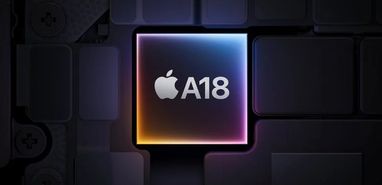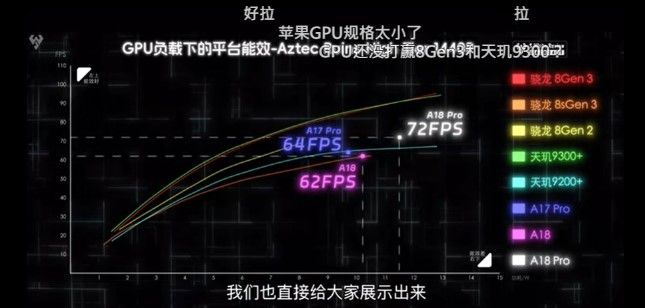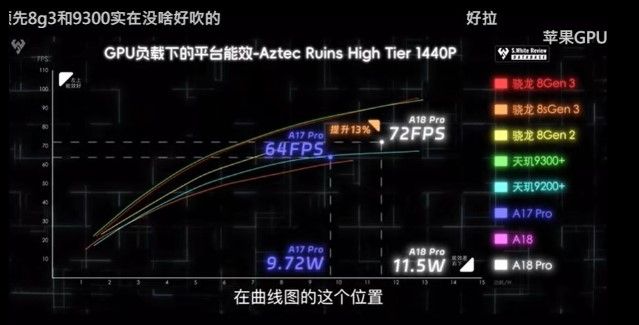
The A18 Pro chip powering the iPhone 16 Pro and iPhone 16 Pro Max has once again proven itself as Apple’s fastest smartphone processor to date. In the GFXBench Aztec Ruins test, it recorded a significant 13% performance increase compared to last year’s A17 Pro. However, this improved speed comes with a downside: a lower performance-per-watt efficiency, as the chip operates at a higher power consumption.
A18 Pro Shows Power Increase in GFXBench Aztec Ruins Benchmark
One of the more notable findings is the power consumption during the benchmark. The A18 Pro consumed 11.5W of power in the Aztec Ruins test, slightly higher than the A17 Pro’s 9.72W. This test was conducted at 1440p resolution on the High Tier setting, a configuration known for stressing the GPU to its limits.

The A18 Pro managed to achieve a framerate of 72 FPS, which is not only faster than the A17 Pro’s 64 FPS but also 16% quicker than the A18 chip. While this performance boost is impressive, it’s important to note that it came at the cost of efficiency, with the performance-per-watt ratio dipping compared to last year’s A17 Pro.
Power Draw Higher, But Performance Gains
Apple’s A18 Pro chip, built on TSMC’s second-generation 3nm process, should theoretically offer improved efficiency. However, the numbers tell a different story. Despite the new manufacturing process, the A18 Pro’s increased power draw suggests that Apple may be pushing the chip harder to achieve these performance gains, rather than focusing on efficiency improvements.

It’s worth noting that during everyday use, users are unlikely to see this high power draw. Benchmarks like GFXBench are designed to push hardware to its limits, so the real-world impact on battery life might not be as pronounced. However, for those pushing their iPhones to the extreme—such as gaming with AAA titles—the A18 Pro’s increased power consumption could indicate similar power demands during these activities.
Bilibili Insights: Detailed Benchmark Analysis
Several benchmarks run by S. White Review on the video platform Bilibili highlighted the A18 Pro’s performance. The Aztec Ruins test was one of the most revealing, showing the notable improvements in the A18 Pro chip’s graphical capabilities while also exposing the increased power draw.
One of the most intriguing aspects of this benchmark is how Apple is managing thermals. With the iPhone 16 Pro and iPhone 16 Pro Max, it seems Apple has incorporated better thermal design, which could explain why the A18 Pro is being allowed to run at higher power limits without overheating.
What This Means for Gaming and Everyday Use
The increased power consumption seen in these tests might be a glimpse into what users can expect when running graphically intensive applications or games on the iPhone 16 Pro and iPhone 16 Pro Max. With games becoming more demanding, particularly AAA titles being available for iPhones, the A18 Pro’s extra horsepower could be a game-changer, even if it requires more power.
In day-to-day tasks, though, users will likely not experience the full extent of this power consumption. For the majority of users, this means better performance without significant impacts on battery life.
Faster, But at What Cost?
Apple’s A18 Pro chip represents a leap forward in terms of raw performance, but this improvement has come at the expense of efficiency. While the iPhone 16 Pro series offers more power than ever before, the lower performance-per-watt ratio suggests Apple might have pushed the chip harder to achieve these gains.
As new AAA games and graphically intensive applications continue to come to iPhones, the A18 Pro’s performance gains could prove invaluable. However, those who prioritize battery life and efficiency might find that Apple has struck a delicate balance between power and longevity with this chip.
By Andrej Kovacevic
Updated on 9th March 2025